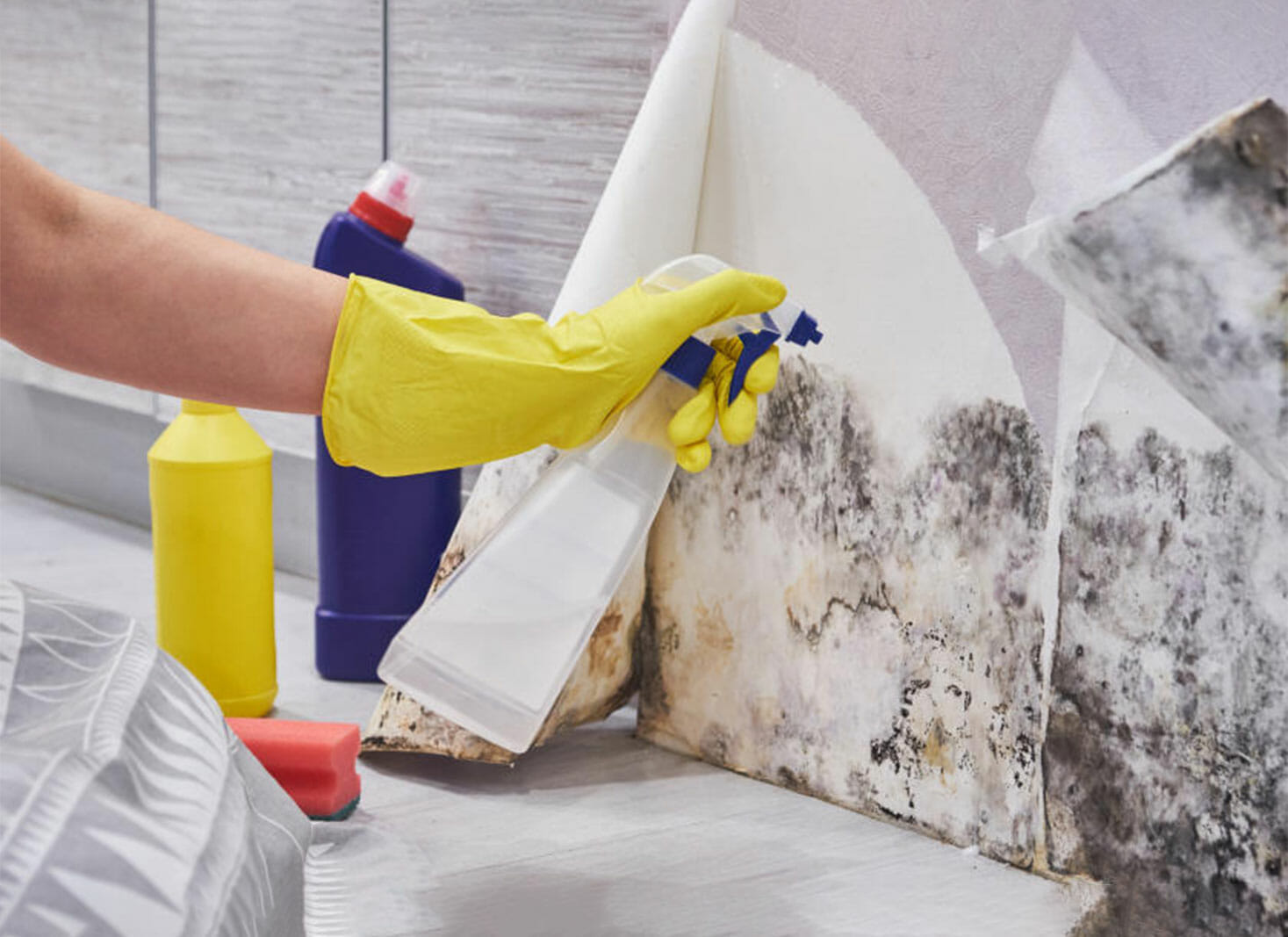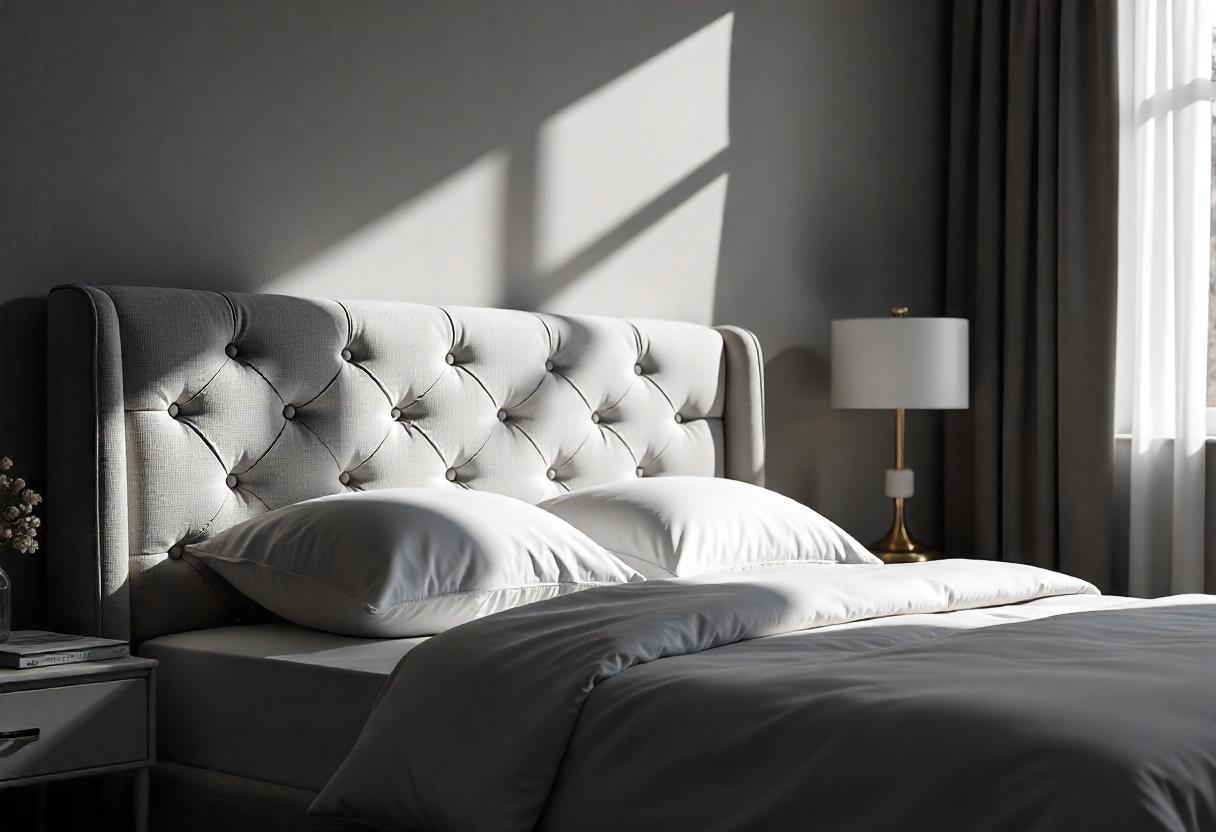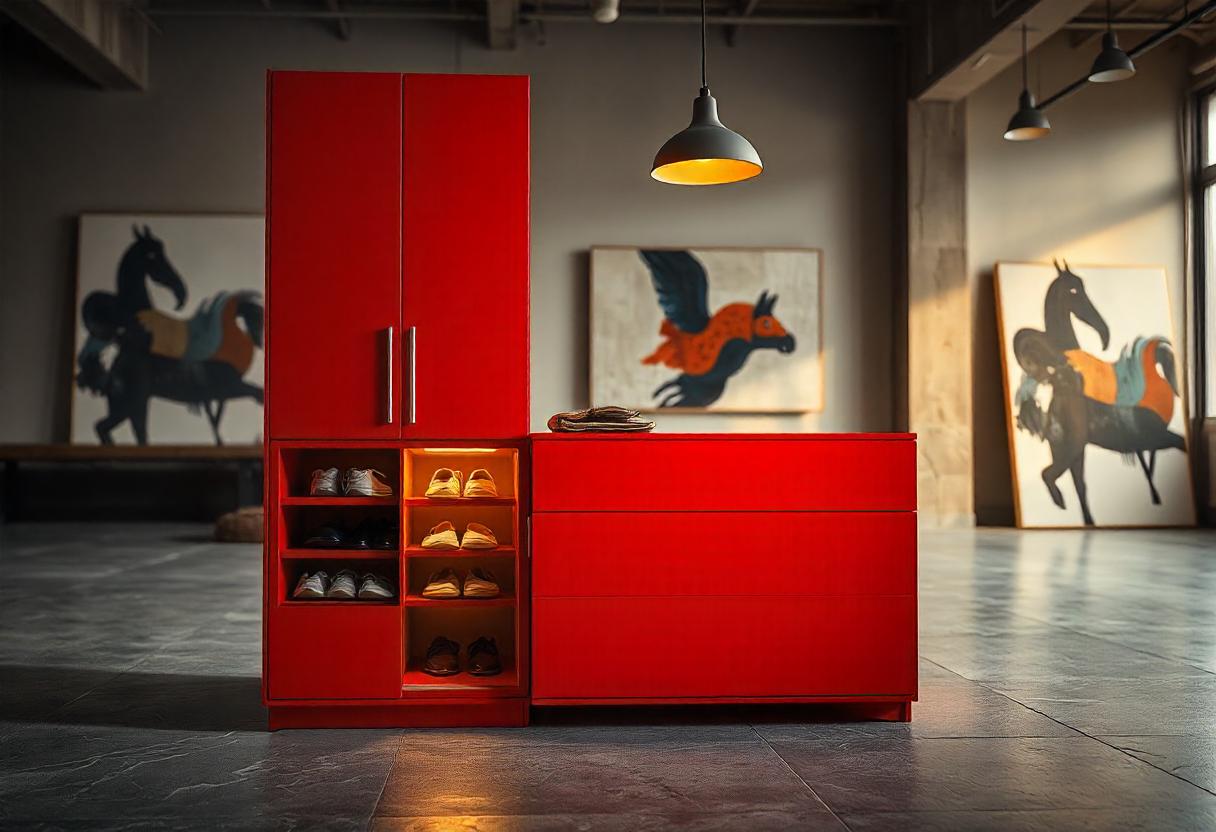How To Safely Remove Black Mold From Drywall: Essential Precautions And Steps
Black mold on drywall is a serious problem for homeowners. It can not only damage the walls but also pose significant health risks to anyone exposed to it. If you notice black mold growing on your drywall, it’s essential to take the right steps to remove it safely. This post will guide you on removing mold and mildew. We’ll cover the precautions to take and when to call a mold removal company in Charlotte.
We’ll also explain the importance of mold inspection and testing, so you can ensure your home is safe and mold-free. If you feel overwhelmed, don’t worry. This guide will make it easy to understand how to handle mold removal like a pro.
Why Is Black Mold Dangerous?
Before diving into the removal process, it’s important to understand why black mold is so dangerous. Black mold, scientifically known as Stachybotrys chartarum, can cause serious health problems. When mold spores are released into the air, they can be inhaled. This can lead to respiratory issues, allergies, and even severe health conditions in some cases.
If you or anyone in your home has symptoms like coughing, sneezing, headaches, or trouble breathing, it may be a sign to get a mold inspection and test. The longer you wait to address mold, the more dangerous it can become.
Step 1: Gather Your Protective Gear
Mold removal is a task that requires careful handling. Direct contact with mold spores can cause a variety of health issues. To protect yourself during the process, make sure to wear proper protective gear.
Here’s what you need:
- N95 respirator mask: This helps filter out harmful spores from the air.
- Rubber gloves: To keep your hands safe from mold and cleaning chemicals.
- Goggles: Protect your eyes from mold spores and cleaning agents.
- Old clothes: Wear long sleeves and pants that you can wash after the job.
By wearing the right gear, you’ll reduce the risk of exposure to harmful mold spores.
Step 2: Contain The Area
One of the most important precautions to take when removing black mold is to prevent it from spreading. Mold spores can easily travel through the air and spread to other parts of your home.
Here’s how to contain the area:
- Seal off the room: Use plastic sheeting to cover doors, windows, and vents. This will help prevent mold spores from moving to other parts of your home.
- Turn off HVAC systems: Shut off your heating, ventilation, and air conditioning systems. This will stop spores from circulating throughout your home.
- Close off doors and windows: Make sure the affected room is sealed so that spores are contained.
If you’re unsure about this, a mold removal company in Charlotte can help. They can contain the area and prevent any spores from escaping.
Step 3: Assess The Severity Of The Mold
Before you start cleaning, assess the situation. If the mold is only on the surface of the drywall, it may be possible to clean it up yourself. However, if the mold has penetrated deep into the drywall, it may require more extensive treatment.
- Surface mold: This can be scrubbed off with cleaning solutions.
- Deep mold growth: If the mold has spread deep into the drywall, it may need to be removed entirely and replaced.
A professional mold removal company Charlotte can help you assess the severity of the mold and decide on the best course of action.
Step 4: Choose The Right Cleaning Solution
To remove mold from drywall, you’ll need an effective cleaning solution. There are several options available:
- Bleach solution: A mixture of 1 cup of bleach in 1 gallon of water is a common choice for mold removal. Bleach is effective at killing mold on non-porous surfaces.
- Vinegar: For a natural solution, white vinegar can kill many types of mold.
- Baking soda: Baking soda mixed with water can help scrub mold off walls without damaging the surface.
- Commercial mold cleaners: If you don’t want to make your own cleaning solution, there are many commercial mold cleaners available.
Remember, always wear gloves and goggles when handling cleaning agents.
Step 5: Scrub Away The Mold
Once you’ve chosen your cleaning solution, it’s time to scrub away the mold. Gently scrub the affected area with a sponge or brush to avoid releasing too many spores into the air.
Important tips:
- Don’t oversaturate the drywall with liquid, as it can cause more damage.
- Work in small sections to ensure thorough cleaning.
- If you notice that the drywall is badly damaged by mold, it’s best to replace the affected areas.
If you’re unsure how to proceed, a mold and mildew removal professional can guide you through the cleaning process or handle it for you.
Step 6: Dispose Of Contaminated Materials Properly
After cleaning, you’ll likely have contaminated materials like rags, sponges, or even pieces of drywall that need to be disposed of.
Here’s how to dispose of them:
- Place items in plastic bags: Seal contaminated materials in plastic bags to avoid spreading spores.
- Dispose of them safely: Take the bags outside immediately to dispose of them in your trash.
Be sure to wash your gloves, tools, and hands thoroughly after finishing the job.
Step 7: Ventilate And Dehumidify The Area
Mold thrives in damp, humid environments, so it’s important to dry out the area once the mold has been removed. Open windows and use fans to promote airflow.
Using a dehumidifier is also a great way to reduce humidity and prevent mold from returning. A dehumidifier will help keep the environment dry and make it less favorable for future mold growth.
When To Call A Mold Removal Company Charlotte
Many homeowners can fix small mold problems. But, larger infestations often need professional help. A mold removal company in Charlotte can handle serious mold issues. They have the expertise and equipment to do it safely and effectively.
Here’s when you should consider calling a professional:
- The mold covers a large area (greater than 10 square feet).
- The mold has spread behind the walls or into the ceiling.
- You have health concerns, especially if you have asthma or allergies.
- You’re unsure of how to properly handle mold or don’t feel comfortable doing it yourself.
The Importance Of Mold Inspection And Testing
Before you start the mold and mildew removal process, it’s a good idea to have a mold inspection and testing done. This will help you determine the type of mold in your home and the extent of the infestation.
A mold inspection and testing professional will take samples from different areas of your home and send them to a lab for analysis. This can help you understand the mold problem better and ensure you’re using the right methods for removal.
If you suspect there may be hidden mold in your walls, a professional inspection is a smart move.
Mold Remediation Services: What You Need To Know
In addition to mold and mildew removal, mold remediation services are available for more severe mold issues. Mold remediation is more than just removing mold. It includes cleaning the air, drying the area, and preventing future mold growth.
Mold removal company can provide you with comprehensive mold remediation services:
- Thorough cleaning of the affected area.
- Proper disposal of contaminated materials.
- Air purification to remove mold spores.
- Steps to reduce moisture and prevent future growth.
Keeping Your Home Safe From Black Mold
Removing black mold from drywall is a task that requires care, attention, and the right precautions. By following the steps in this guide, you can safely handle the situation and prevent further mold problems. However, if the mold problem is large or persistent, don’t hesitate to call a mold removal company Charlotte for professional help.
Remember, mold inspection and testing are key to making sure your home is free of hidden mold. With the right precautions and proper removal methods, you can ensure a mold-free, healthy home for you and your family.




